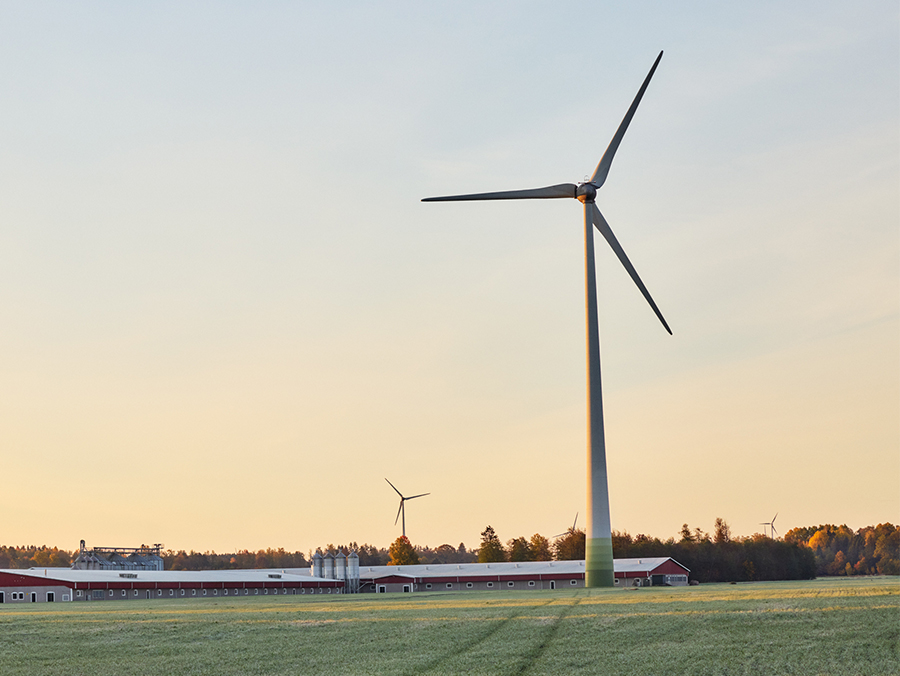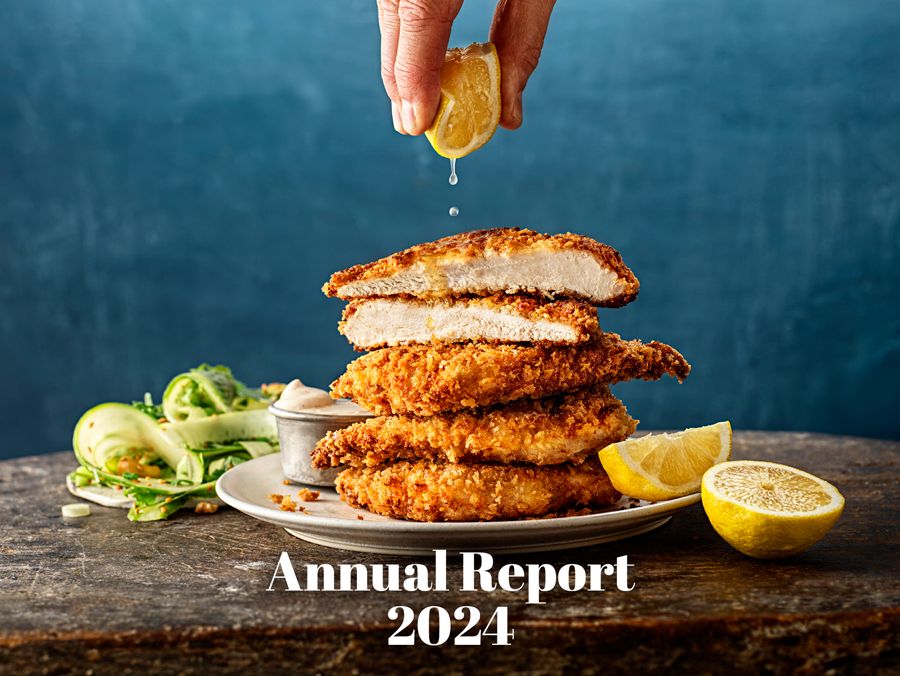
Scandi Standard’s Climate Transition Plan: Turning Ambition into Impact
To meet ambitious climate targets, a clear plan is essential. Scandi Standard’s Climate Transition Plan outlines how we will reduce emissions across our operations and value chain – turning commitments into measurable results and guiding sustainable growth.
A plan built on action – not assumptions
At Scandi Standard, we take our climate responsibility seriously. The Climate Transition Plan sets out how we will reduce greenhouse gas emissions across our operations and value chain – in line with our commitment to the Science Based Targets initiative (SBTi) and the EU’s Corporate Sustainability Reporting Directive (CSRD). But this is more than a regulatory requirement. It is a proactive tool for ensuring transparency, accountability and long-term climate impact. Every project in the plan represents a step toward a more sustainable food system.
– This is our way of making sure the targets are not just a paper product – we want to show customers and colleagues that we are truly committed to delivering on them, says Henna Mäkeläinen, Environmental & Climate Manager at Scandi Standard.

Collaboration across countries and disciplines
The Climate Transition Plan reflects the collective efforts of all our subsidiaries, technical teams and local sustainability experts. Together, they have identified ongoing and planned projects that will reduce emissions – from energy conversions to feed innovations.
Below are examples of initiatives, some already implemented and others in planning, that are expected to reduce emissions:
- The transition from fossil fuels to renewable district heating in Valla and Jæren has been implemented.
- Electric boilers and solar panels are planned for installation at Manor Farm in Ireland, with implementation expected in 2026.
- Ongoing feed trials with reduced soy, which could substantially cut Scope 3 emissions if implemented at scale.
Each country is now updating its national climate plan based on the group-level framework, ensuring alignment and ownership throughout the organization.
Measuring progress – and closing the gap
We track and report emissions quarterly and annually in our public disclosures. But following up on the impact of each initiative can be complex. That’s why we’re partnering with the climate tech start-up UniBloom to build a digital tracking tool that helps us monitor our Climate Transition Plan more effectively.
– Visuals in the plan clearly show where we are on track – and where gaps remain. New initiatives will be needed to close these gaps and achieve our 2030 targets within our own operations and in our value chain, Henna Mäkeläinen explains.
Preparing for a sustainable future
The Climate Transition Plan is a living framework – continuously evolving as new data is gathered, new insights emerge, and our business grows. In 2025, it will be updated with revised baselines, new initiatives to cut emissions and expanded to include Scandi International. As our business grows, the plan helps us ensure that growth is aligned with our climate ambition – and not at the planet’s expense.
Continuing on a ‘Business as Usual’ pathway would result in higher emissions by 2030. The Climate Transition Plan is therefore a strategic necessity, requiring immediate, evidence-based and coordinated action.
Familiarizing with our sustainability work
Under Governance and Policies on our website, you can access the full Climate Transition Plan together with a number of other policies and frameworks, and explore more about our dedicated sustainability work.


